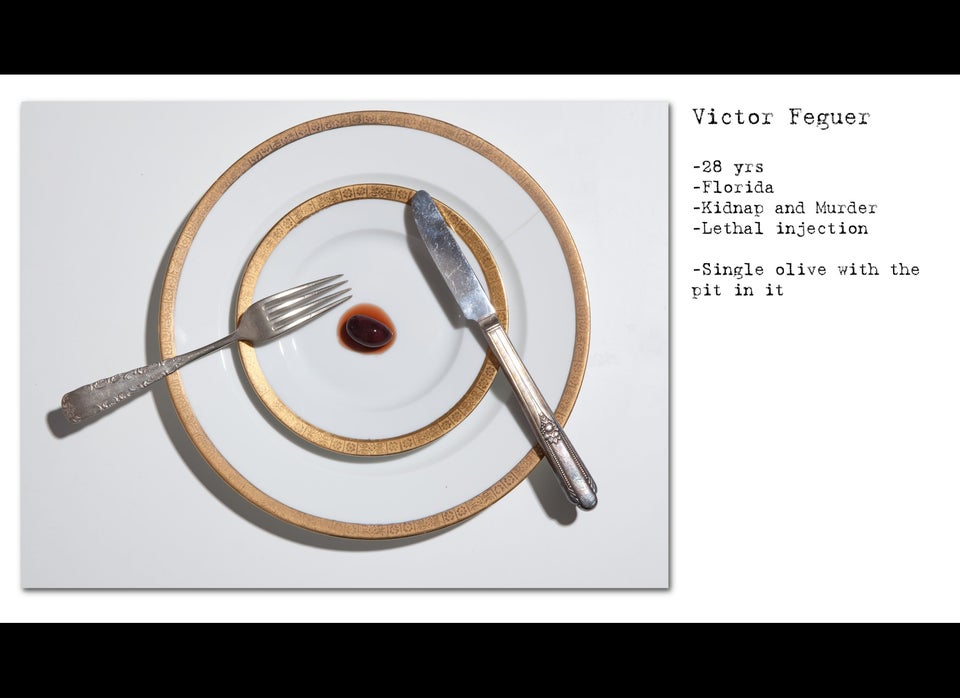
Germany takes a different approach to its prisons -- and with its relatively low incarceration rate, low recidivism among offenders and low crime overall, it must be doing something right.
The Western European nation’s unique approach to corrections is the focus of a series of articles co-reported by Vice and The Marshall Project, a non-profit news organization that covers the U.S. criminal justice system. (They are also behind the “Next to Die” death penalty reporting project, which was featured in the HuffPost honor roll earlier this month.)
The latest installment in the series, a story by Marshall Project staff writer Maurice Chammah titled “Prison Without Punishment,” focuses on the experience of Gregg Marcantel, a New Mexico prison official who joined a Vera Institute of Justice-led tour of German prisons this summer.
Joined by a diverse group of Americans also working in the criminal justice field, Marcantel visits the Heidering prison, where prisoners stay in rooms that more closely resemble an IKEA showroom than a traditional jail cell, wear their own clothes and receive unsupervised family visits (once approved by a social worker, according to Chammah).
At Tegel prison in Berlin, he took note of a workshop where inmates build and repair bicycles and visited a unit reserved for the prison's most violent offenders that houses a music room outfitted with guitars and a drum set. Marcantel is consistently surprised by what he saw but questions whether U.S. officials would embrace a similar approach without a total re-evaluation of what prisons should do.
Other stories in the series consider the heated competition among those who want to work in German prisons and a look inside a juvenile facility. The stories include photographs from Berlin-based Julian Röder. Chammah also shares his own photos from the prisons, including a shot from Neustrelitz’s animal therapy wing, on social media.
MORE:
The What’s Working Honor Roll highlights some of the best reporting and analysis, from a range of media outlets, on all the ways people are working toward solutions to some of our greatest challenges. If you know a story you think should be on our Honor Roll, please send an email to editor Joseph Erbentraut at joseph.erbentraut@huffingtonpost.com with the subject line "WHAT'S WORKING."
For more solutions-focused coverage, follow What's Working on Facebook and Twitter.
Also on HuffPost:


